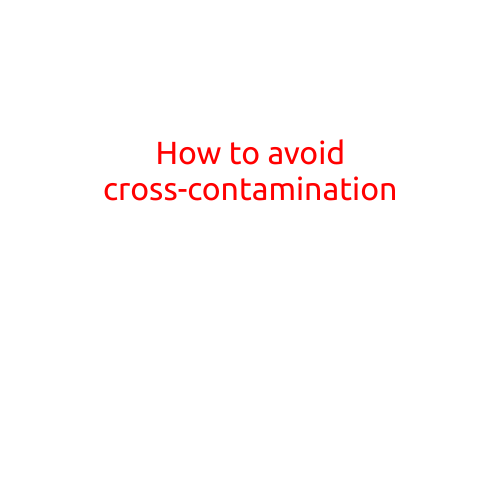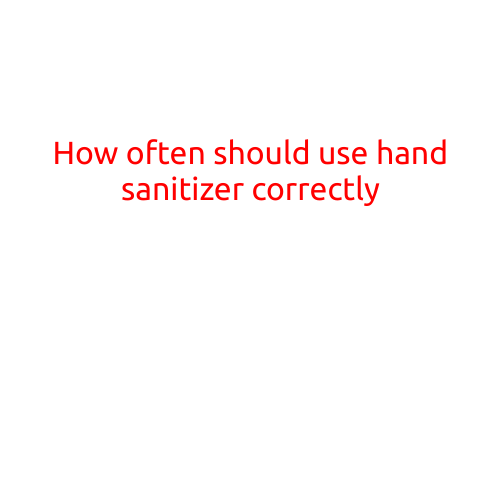
How to Avoid Cross-Contamination
Cross-contamination is a common occurrence in various industries, including food service, healthcare, and pharmaceuticals, where the unintended transfer of microorganisms, chemicals, or biological agents from one surface, person, or equipment to another can lead to contamination, spoilage, or even pose serious health risks. In this article, we will explore the importance of avoiding cross-contamination and provide practical tips on how to do so.
Why is Cross-Contamination a Concern?
Cross-contamination can have severe consequences, including:
- Food Safety Risks: Cross-contamination can lead to foodborne illnesses, which can cause serious health issues and even death.
- Equipment Failure: Cross-contamination can damage equipment and machinery, resulting in costly repairs and downtime.
- Product Spoilage: Cross-contamination can contaminate products, causing them to be rejected or recalled.
- Health Risks: Cross-contamination in healthcare settings can lead to the spread of diseases and infections.
Prevention is Key
To avoid cross-contamination, it is essential to follow proper protocols and practices. Here are some tips to help you prevent cross-contamination:
- Cleanliness is Key: Maintain a clean and organized work environment. Regularly clean and disinfect surfaces, equipment, and utensils to prevent the buildup of debris and bacteria.
- Separate Operations: Segregate tasks and operations to prevent the transfer of contaminants from one area to another. For example, designate separate areas for raw meat and produce handling.
- Personal Hygiene: Ensure that employees maintain good personal hygiene practices, including washing their hands frequently, using gloves when necessary, and avoiding personal jewelry and hair accessories.
- Equipment Sanitization: Sanitize equipment and utensils after each use to prevent the buildup of bacteria and other contaminants.
- Labeling and Signage: Label and sign areas, equipment, and products clearly to ensure that employees and visitors are aware of potential contaminants and take necessary precautions.
- Training and Education: Provide regular training and education to employees on cross-contamination prevention, proper cleaning and disinfecting techniques, and proper handling and storage practices.
- Monitor and Maintain Temperature: Monitor and maintain the temperature of products, equipment, and environments to prevent the growth of microorganisms.
- Avoid Overcrowding: Avoid overcrowding in storage areas, processing areas, and equipment to prevent the buildup of debris and contaminants.
- Regular Maintenance: Regularly inspect and maintain equipment, utensils, and surfaces to prevent damage and ensure proper functioning.
- Involve Suppliers: Involve suppliers in the cross-contamination prevention process by requesting regular audits and monitoring their compliance with industry standards.
Conclusion
Cross-contamination is a significant concern in various industries, and prevention is key to avoiding its consequences. By following these practical tips, you can significantly reduce the risk of cross-contamination and maintain a clean, safe, and healthy environment. Remember that cleanliness is key, and employee training and education are essential in preventing cross-contamination.





